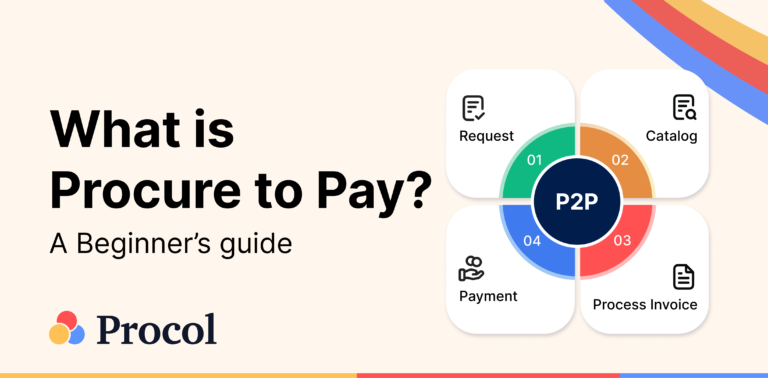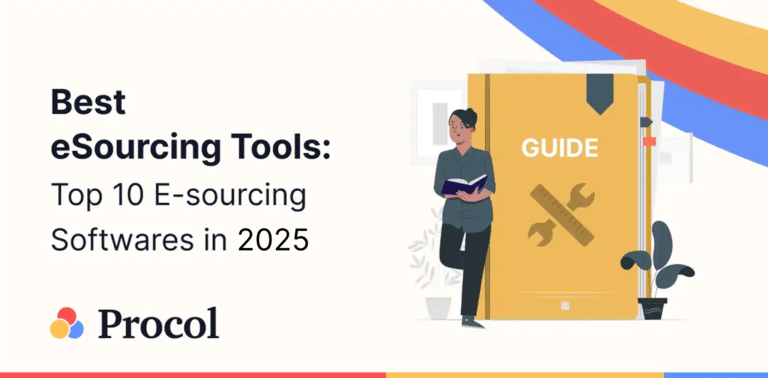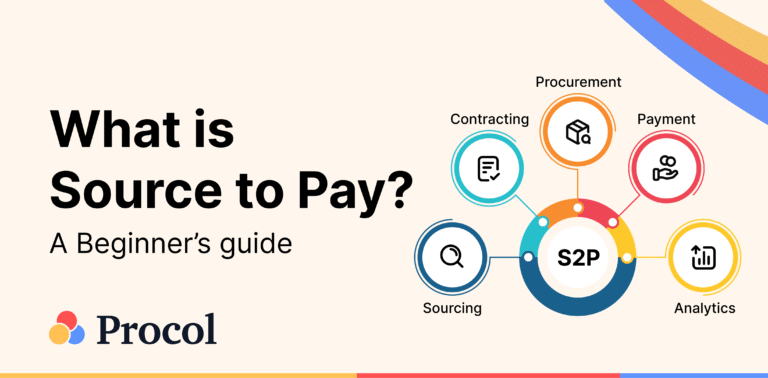What is Spend leakage ?
Spend leakage is the term used to describe category expenditure with vendors, not on the list of pre-approved vendors. Most of the time, it occurs in indirect categories where stakeholders choose to give their business to other suppliers, typically representing a percentage of the overall budget.
Potential Reasons for Spend Leakages
1. Overestimating Both too-low and too-high budget baseline assumptions are frequently utilized by procurement, and neither is a great commercial start. You are leaving money on the table because of the low projection or causing suppliers to want to re-negotiate prices because the expected spend is too high. These presumptions typically arise due to insufficient benchmarking, a lack of awareness of current and projected spending, or erroneous beliefs about what drives the costs that impact savings. In the end, these issues result from a lack of information, and even when data is present, it is frequently unreliable and at a level that is too high to be helpful. You may very precisely address these problems with artificial intelligence by employing granular, high-quality purchase data.
2. Dubious budgeting In more prominent companies, this problem is typical. A specific department may project its expected or potential savings, which may be purposefully reduced when combined with cross-departmental budgets. A financial cushion is intended as an unstated result to guarantee that budgetary goals are satisfied. Once more, this kind of behavior may be a result of a lack of organizational buy-in. However, this can mean that the entire amount of savings never materialize. The lack of a means to capture additional savings made if the savings campaign generates more savings than anticipated is a consequence of this technique. In this instance, the actual savings goal is met, but any additional savings that weren’t planned are diverted to other expenses. Robobai employs cutting-edge technology to deliver pertinent data and guarantee compliance to prevent this from happening.
3. Poor demand management and compliance When businesses purchase goods and services from suppliers other than those identified by the procurement process, typically preferred or contracted suppliers, savings might be lost. Companies utilize AI platforms because they may use them to discover the best, most affordable, and most dependable provider for necessary purchases. Only fully compliant businesses who don’t stray and stop using local suppliers for straightforward, ad hoc purchases will get results from this. These build up and have an impact on the overall savings projections.






















